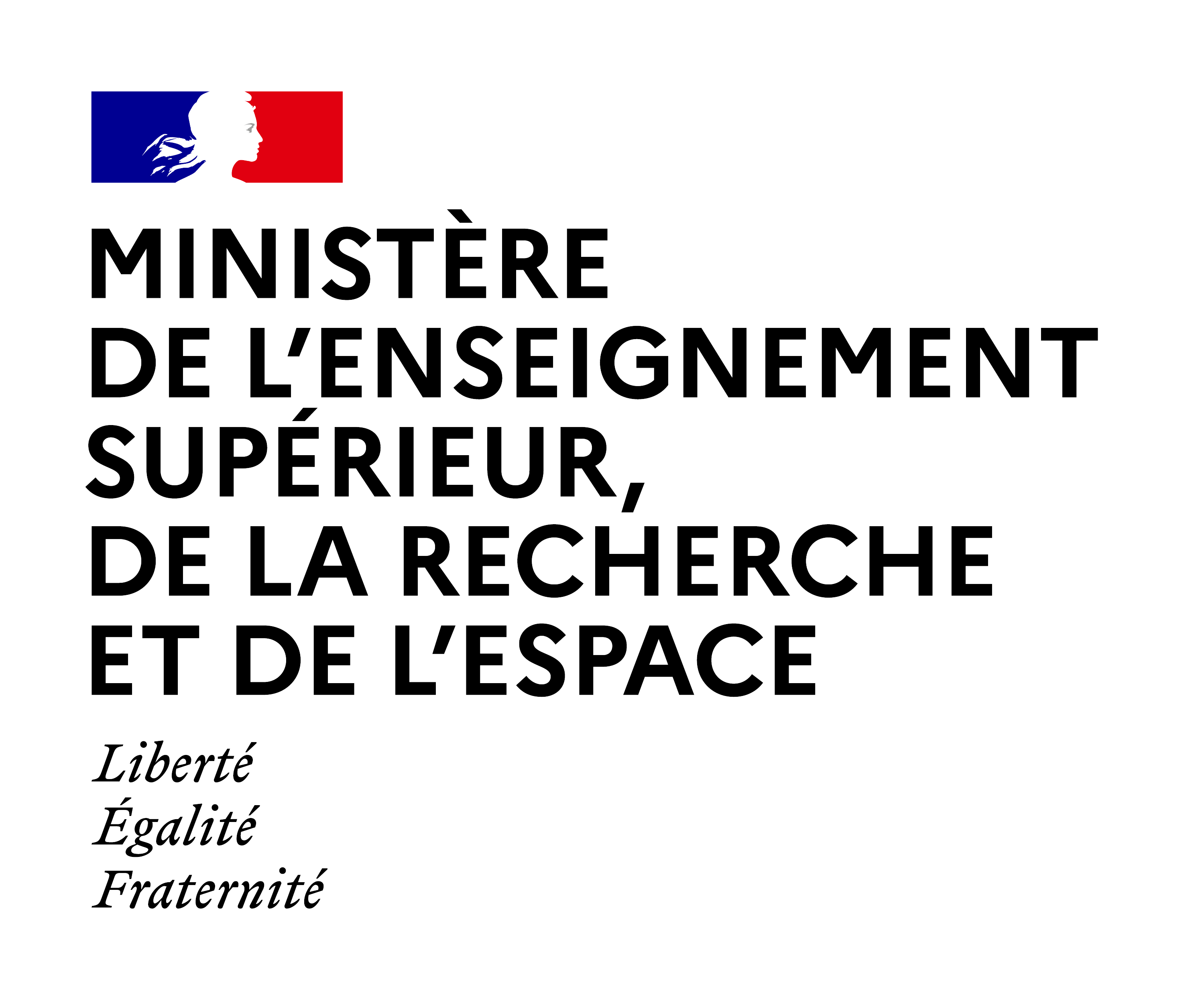Expected Outcome:
If the project is on the first action 1) than the project results are expected to contribute to at least three of the outcomes a), b), and c). If the project is on the second action 2) than the project results is expected to contribute at least two of the outcomes a), b) and d)
- Enhanced sustainability by addressing economic, social and environmental aspects (air pollution, waste management, health and safety, job opportunities, wildlife concerns, etc.) of offshore wind farms (a).
- Enhanced overall sustainability of large-scale production of offshore wind farms based on mainstreamed Life Cycle Analysis addressing social, economic and environmental aspects, as well as improved circularity of offshore wind turbines (b).
- Improved understanding on the negative and positive impacts of offshore wind farms throughout their lifetime (c).
- Innovative and cost-effective solutions for the construction and decommissioning of offshore wind farms aiming also the minimisation of the potential impacts to biodiversity and protected species and habitats (d).
Scope:
The aim is to develop and promote the use of modelling tools and objective holistic assessment metrics for realistic in-depth analysis of (cumulative) impacts of wind installations on the environment and on local communities and to integrate these in design tools for the deployment and decommissioning of offshore wind farms. It will be as well necessary to find innovative solutions to minimize the environmental impact during all stages of the life cycle of offshore wind farms but especially for the construction and decommissioning phase. An assessment framework for installations is needed with nature inclusive design options valuing ‘created habitats’ vs ‘natural habitats’.
The actions are expected to address one of the following actions:
Action 1: develop design tools which can be used for the planning of offshore floating and fixed-bottom wind farms with the focus to minimize the overall life-cycle environmental impacts (noise, impact on seabed, visual effect, effects on marine life and other species) including floating turbines (e.g. the environmental impacts of fixing/anchoring techniques), reducing carbon footprint of the offshore wind plants across the life cycle, from construction to end of life and reduce the environmental impact in each consecutive step. The tool should make use of existing data of environmental impact studies and should be easy to customise considering different sea basin biodiversity characteristics and new available data. For that reason, a strong participation/commitment of industry players is required to ensure that inventory data from industry of the components is used in the analyses and validation of the tools. The action will deliver recommendations for implementable, simple and measurable criteria to assess at the tendering stage of future project, considering the sustainability and environmental (positive and negative) impacts of offshore wind farms.
Action 2) develop innovative and cost-effective solutions (innovative processes, planning processes, supply chains, materials for construction, ….) for all phases of the life cycle of offshore wind farms but especially for the installation, construction and decommissioning phase of offshore wind farms with the aim to reduce the environmental impact as much as possible in these stages of the life cycle of offshore wind farms.
In order to increase the integration of the design tools and the innovative solutions, it is important that consortia engage all different stakeholders like regulatory bodies, industry, governments and citizens.
This R&I need is identified in the offshore renewable energy strategy (COM(2020) 741 final) that commits the Commission to ‘carry out an analysis of costs and impacts of the decommissioning of offshore installations, with a view to assessing whether, both for the dismantling of the existing installations and for future decommissioning activities, EU-wide legal requirements are needed to minimise environmental, safety, economic impacts’.





